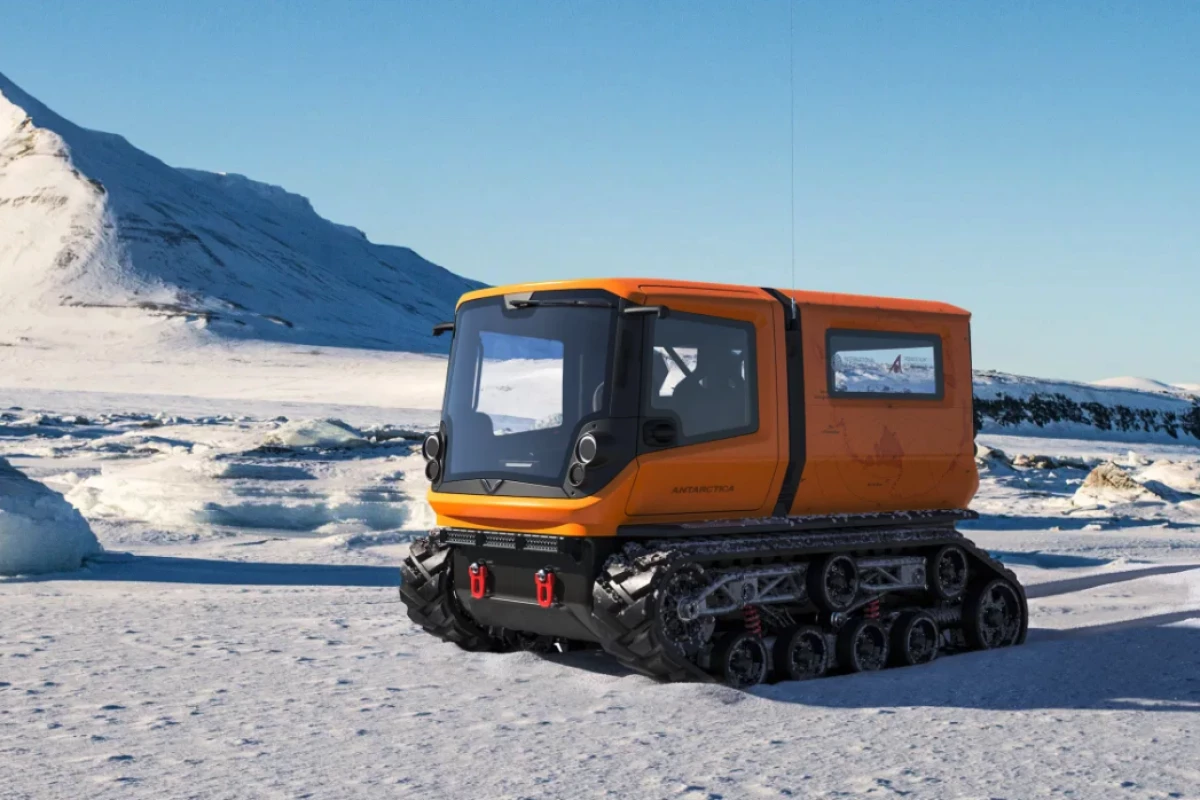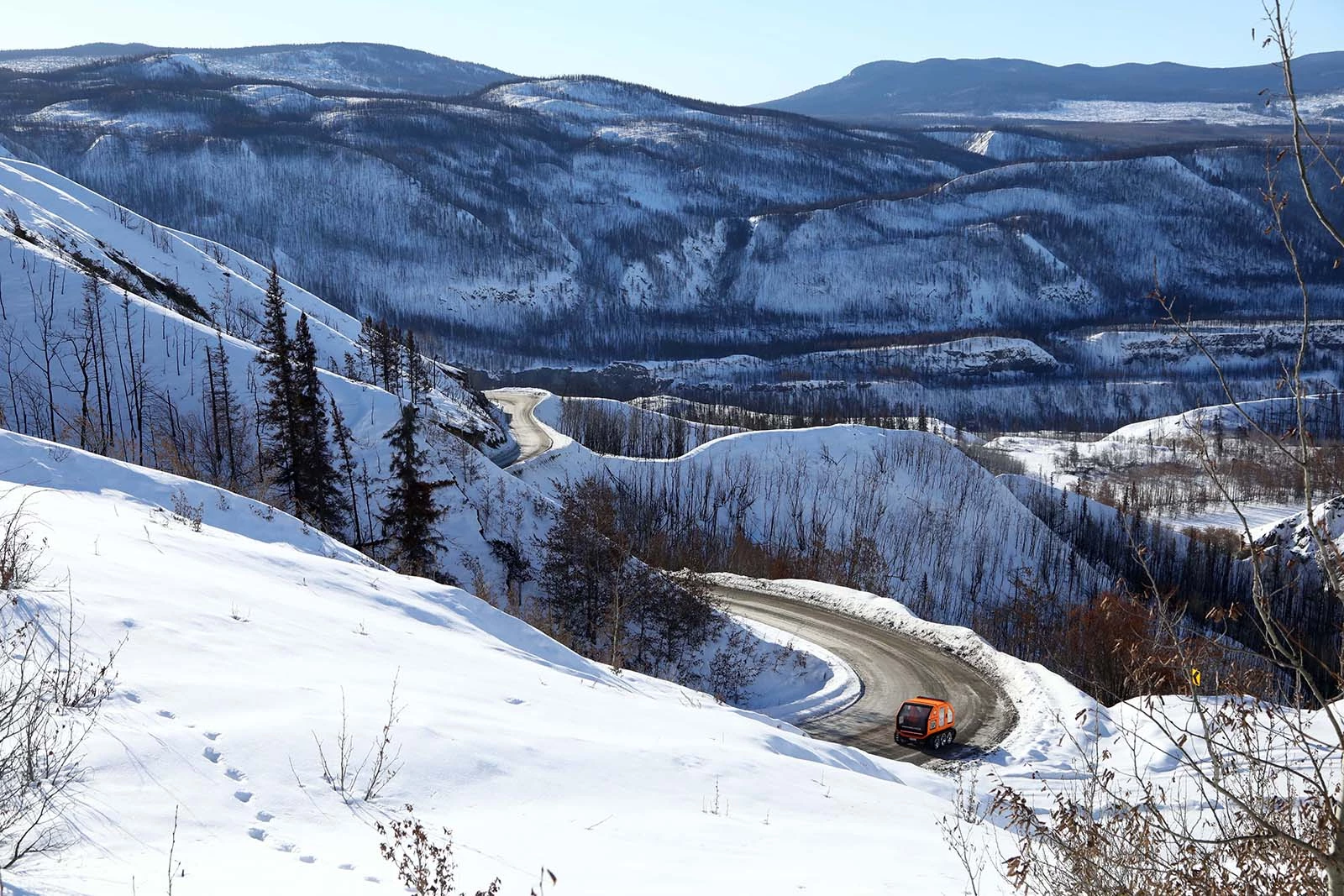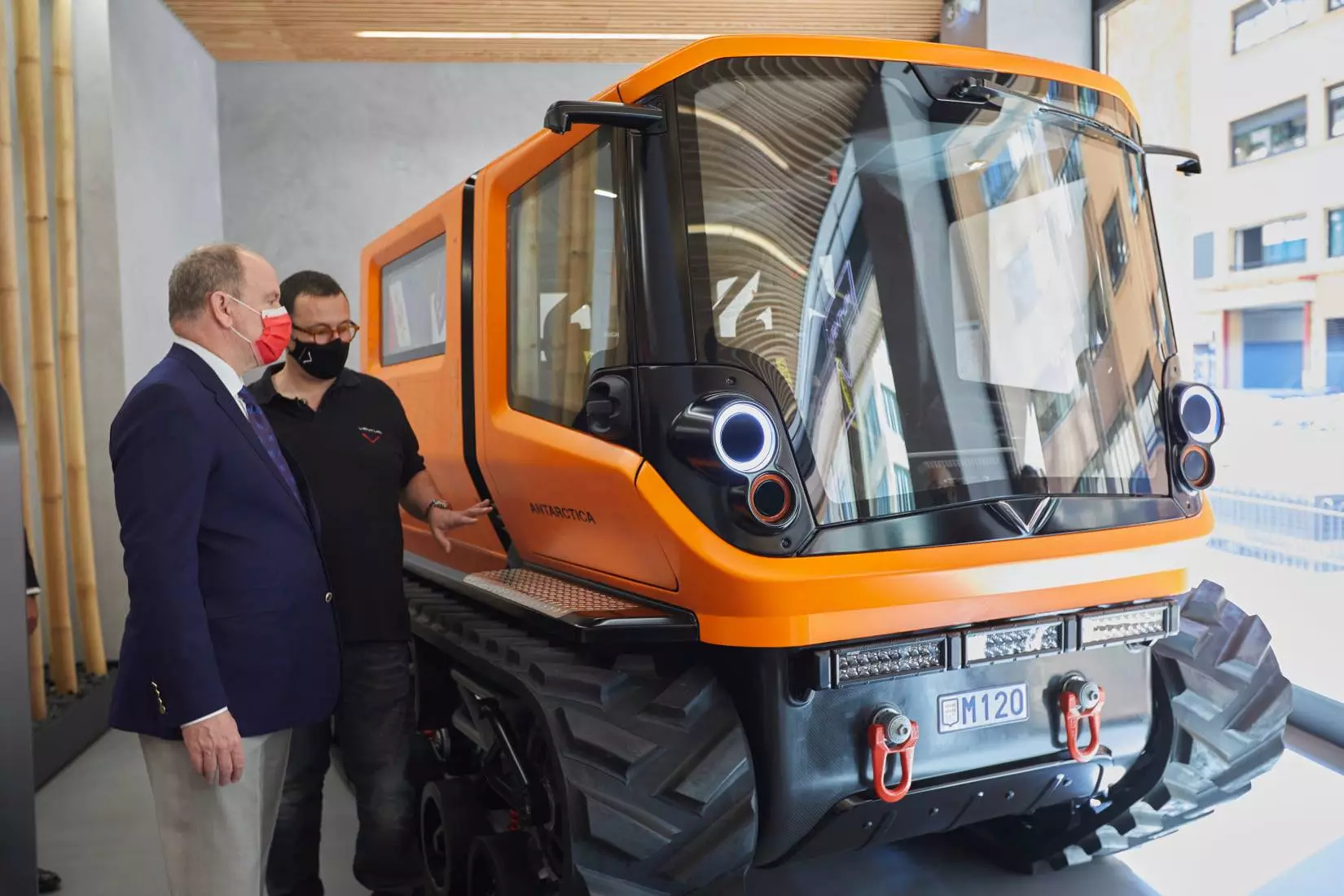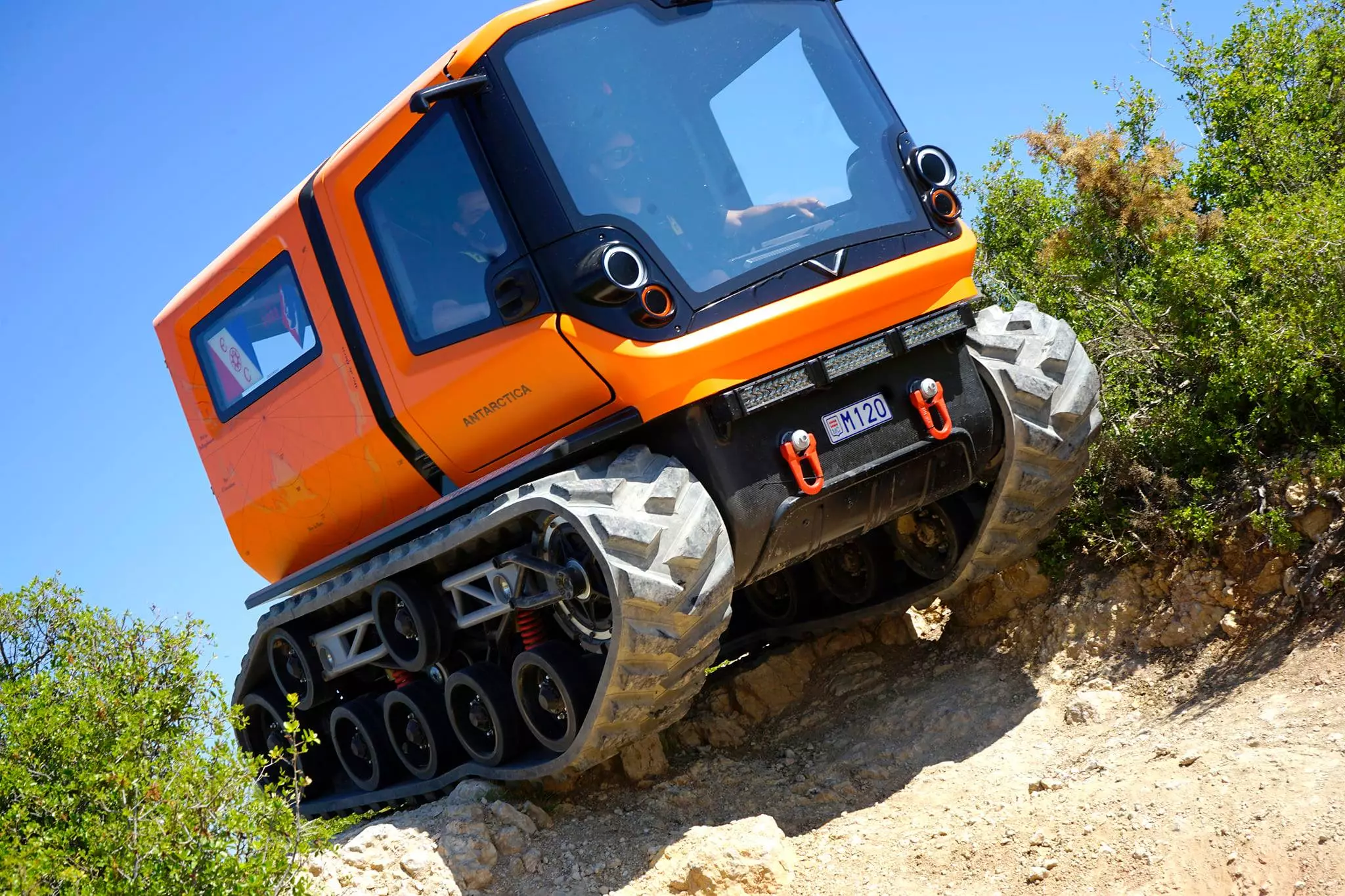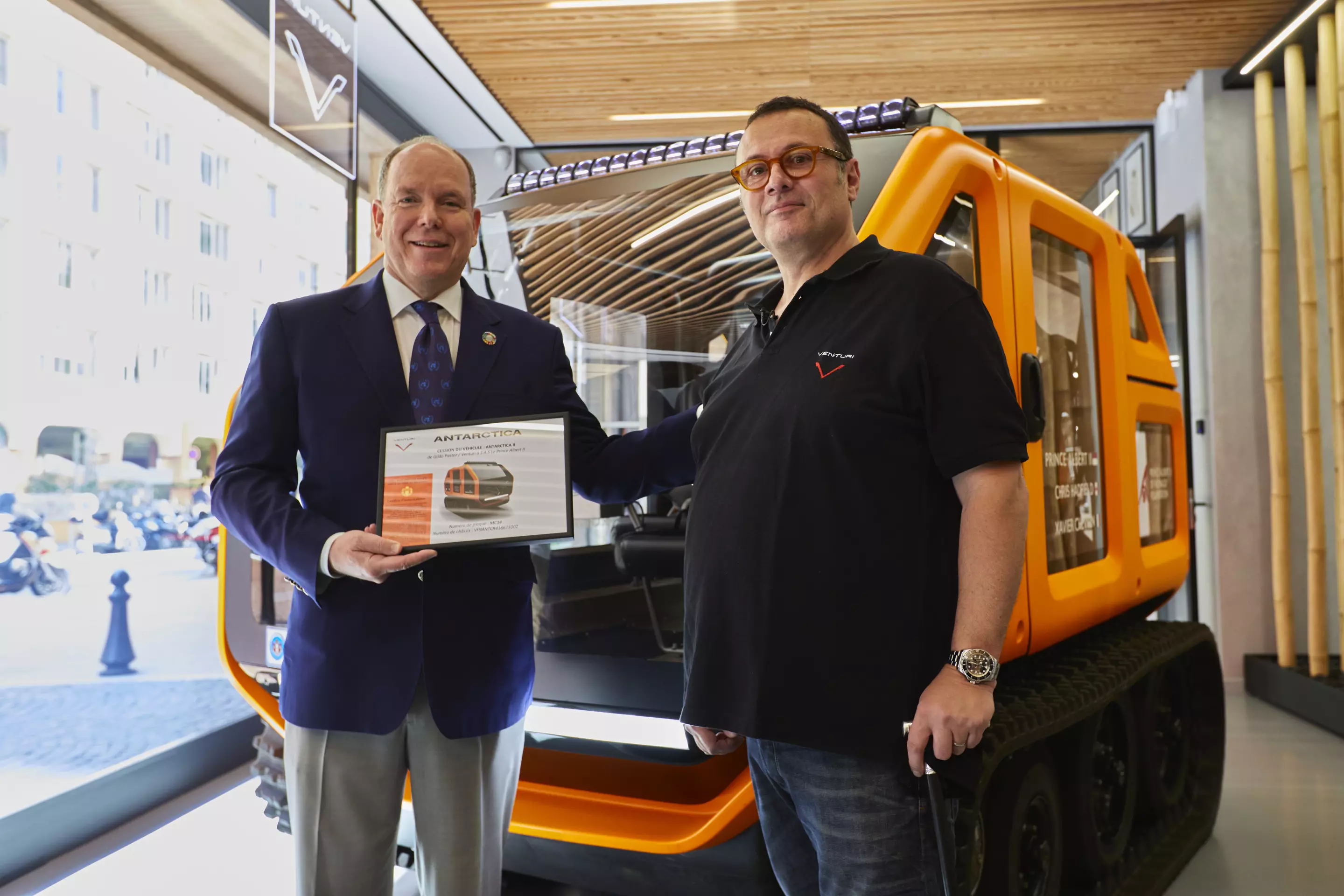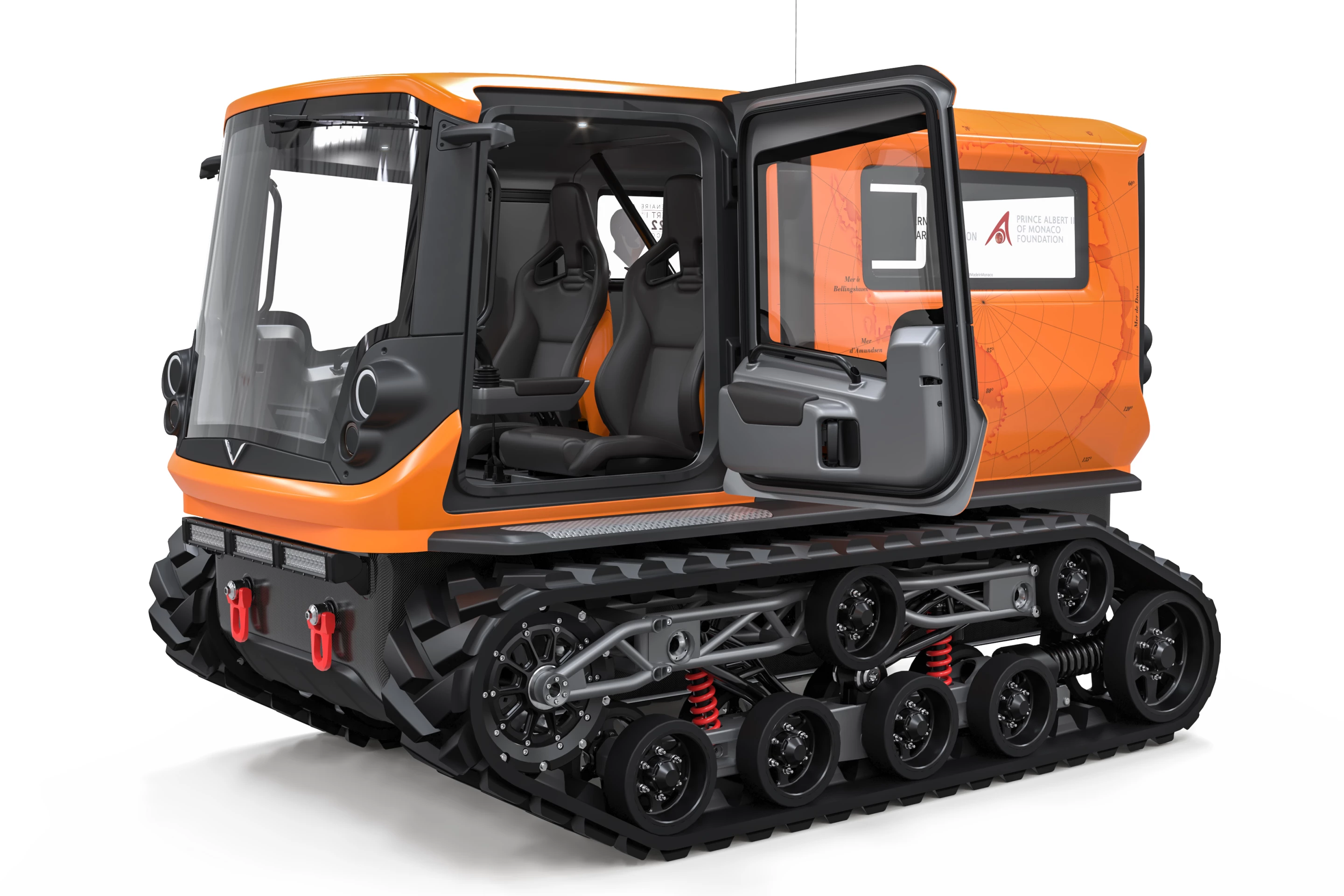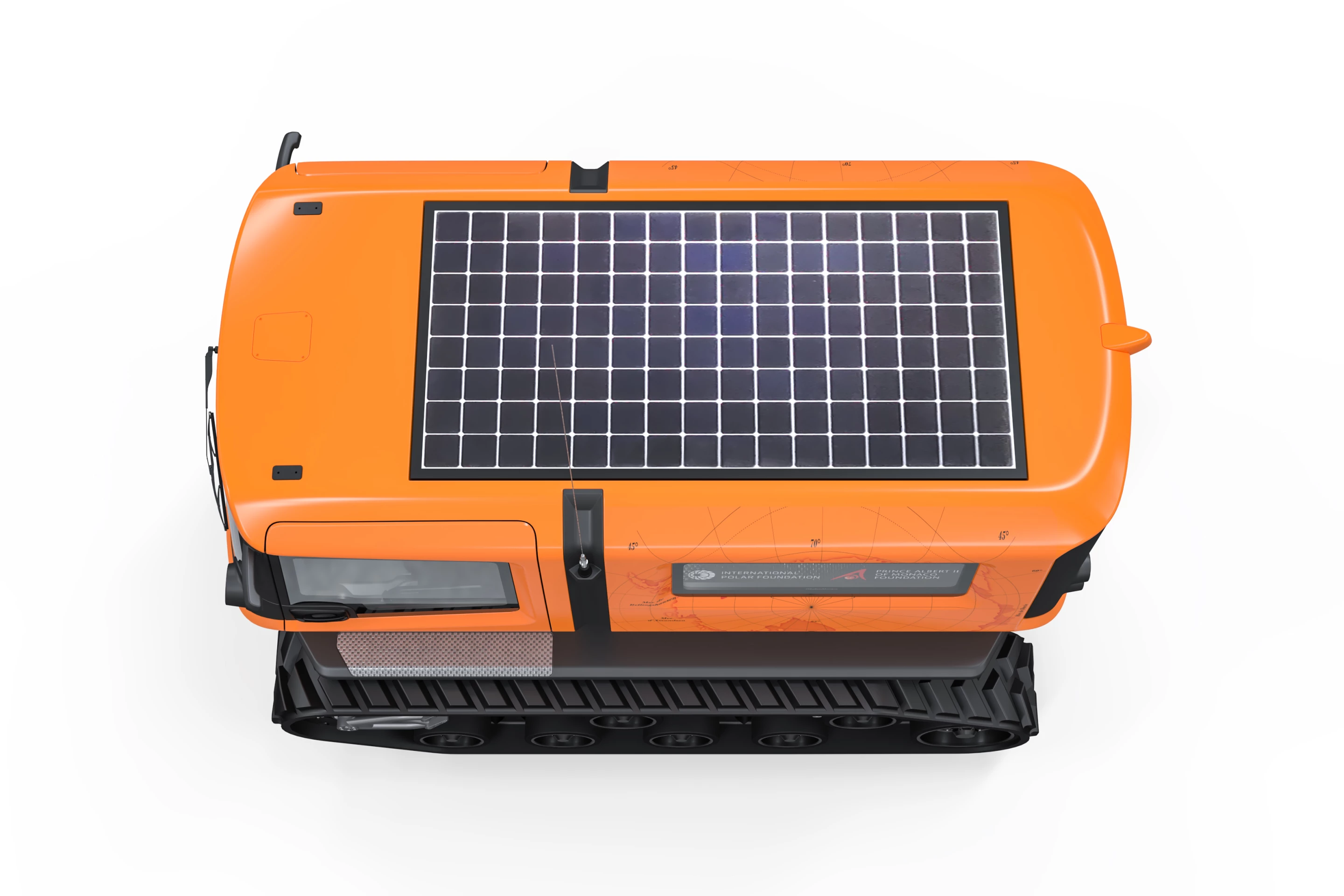With a princely heritage and sub-zero ambitions, the all-electric Venturi Antarctica has been slowly evolving for more than a decade, preparing to tackle the extreme weather and terrain of the Antarctic continent. The snow-and-ice-hungry all-terrain mini-tank enters its third iteration this month as it prepares to embark on a grand Antarctic mission in December. The latest version gains a new layout, increased range, redesigned tracks and double the passenger capacity.
Venturi's Antarctica rover got its start back in 2009 after Monaco's Prince Albert II returned from an Antarctic trip puzzled by the fact that the research stations did not use cleaner vehicles. His foundation teamed with Venturi on creating a zero-emissions Antarctic-grade vehicle for shuttling scientists and equipment around the frozen continent.
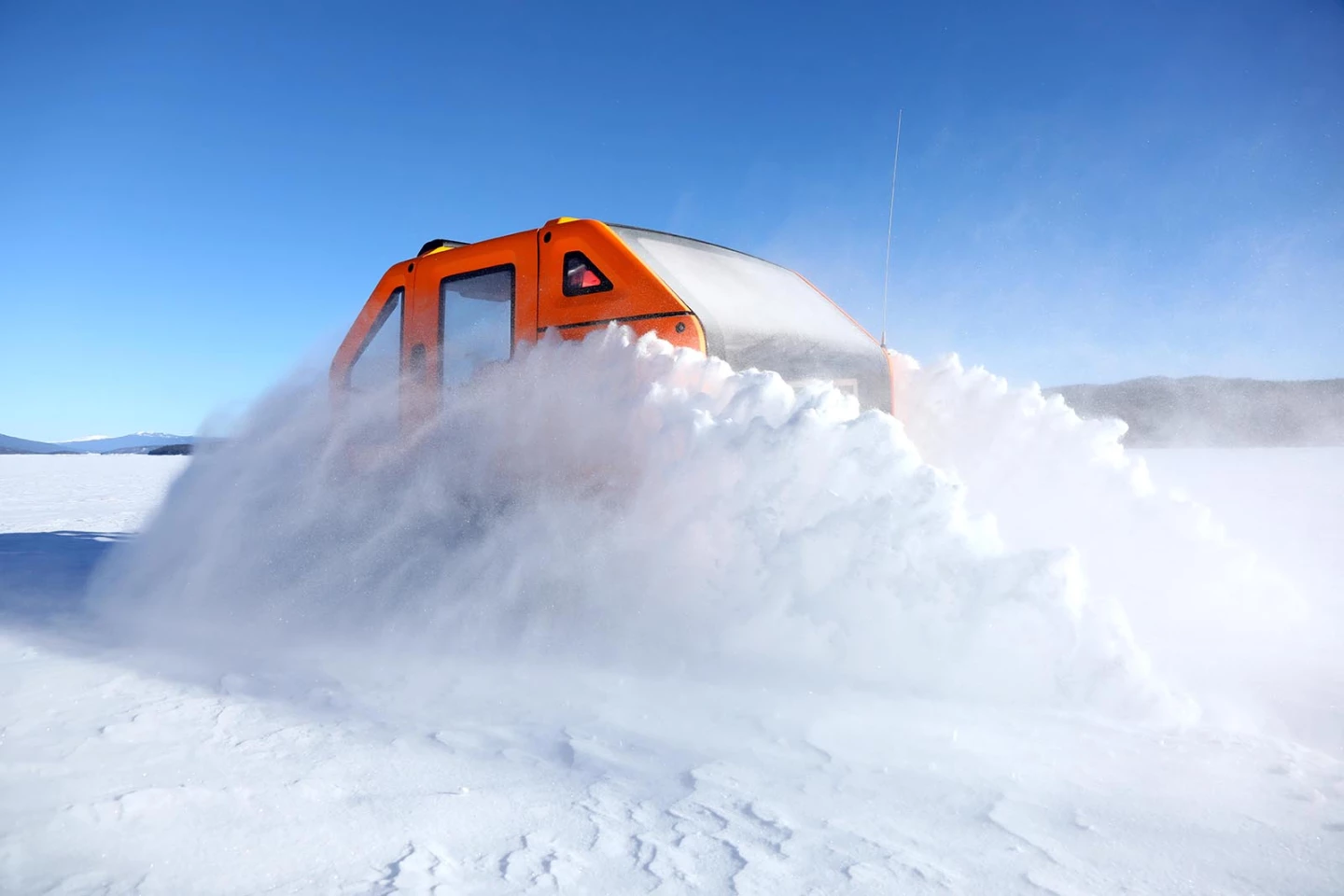
To create an electric vehicle ready to tackle roadways of drifted snow, ice and rock in the world's most extreme cold is certainly no small task, and it's been a slow but steady push toward the finish line. The last we heard of the Antarctica, the V2 prototype was preparing for cold-weather testing in northern British Columbia. The testing went well, as Venturi tells it, but the company still further evolved the Antarctica design over the two years since.
The third iteration of the Antarctica steps back from V2 to a body design more similar to the original. Like that original design, the new model features a driver cab/rear cabin split, with the driver and navigator seats split by the joystick controls. The rear cabin is separated from the driver cab by tubular frame members, housing a pair of two-person folding benches that double the vehicle's total capacity to six, as compared with the three-person V2.
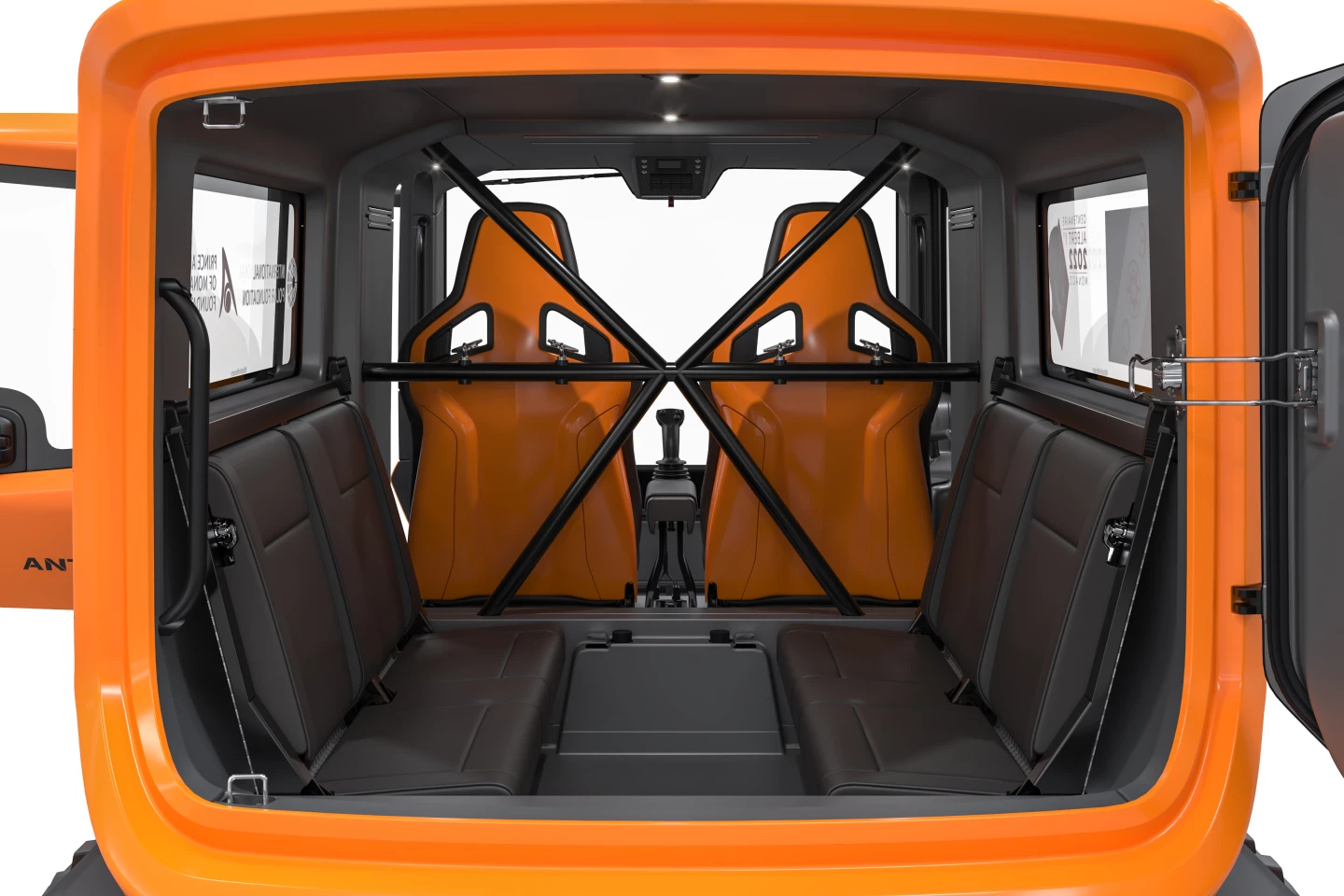
Despite the added 500 kg (1,100 lb) that accompanies the new build, the Antarctica roams an extra 5 km (3 miles) farther than the older version for an even 50-km (31-mile) range. Its 52.6-kWh battery pack powers two 60-kW (80-hp) motors and takes between two and 18 hours to charge, depending upon the infrastructure doing the charging. The vehicle is designed to operate in temperatures as low as -60 °C (-76 °F).
Venturi presented the new model as part of its World Environment Day celebration earlier this month, ahead of plans to ship it to Belgium's Princess Elisabeth research station, Antarctica's first zero-emissions station. Plans call for it to be put into operation at the station in December. In addition to serving in place of a traditional ICE-powered vehicle, the Antarctica will be available to take scientists on trips they'd usually take on foot for fear of polluting their samples.
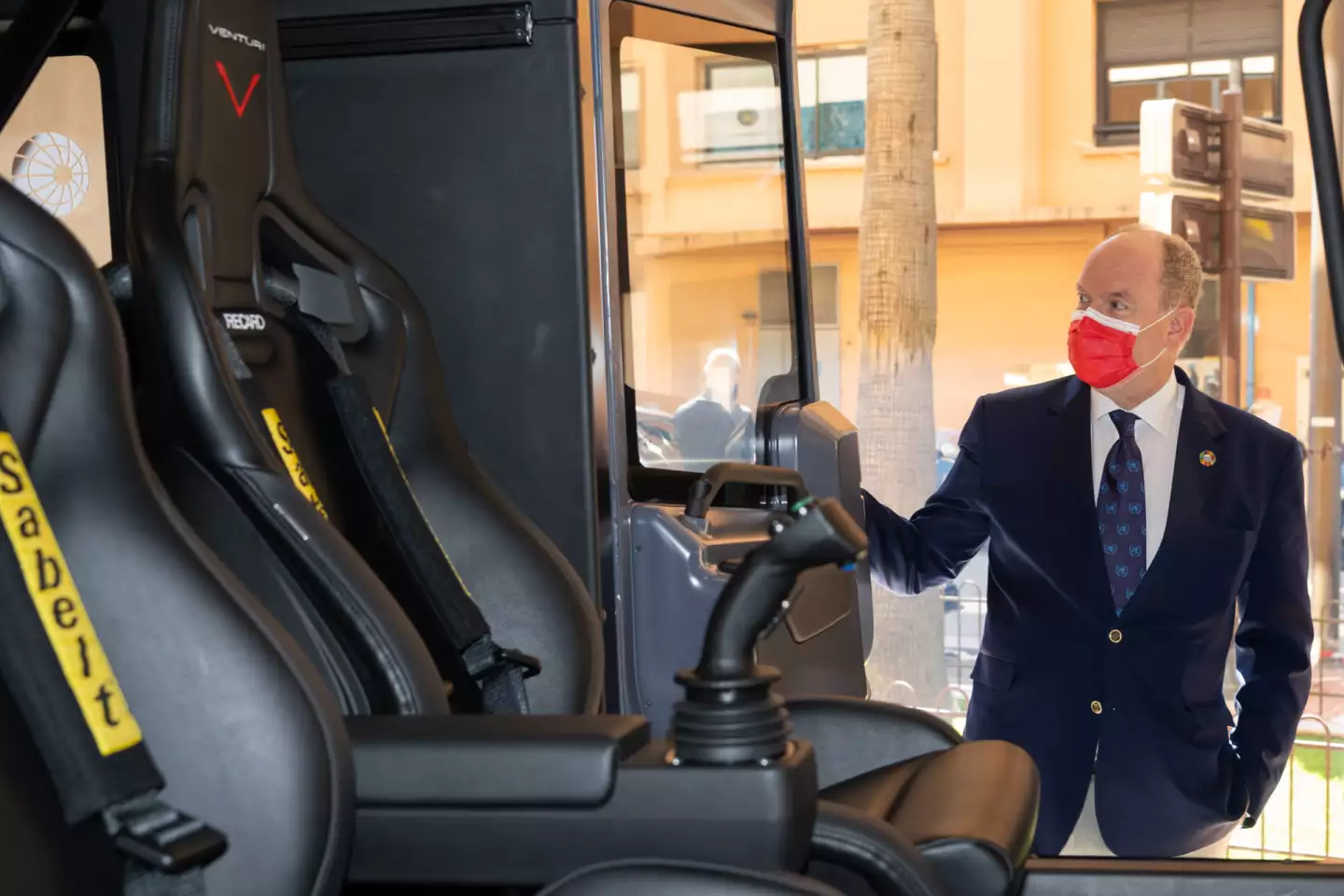
"With the Venturi Antarctica, scientists are getting an efficient, easy-to-handle vehicle with very good performance," Venturi president Gildo Pastor said during this month's Antarctica presentation. "They will be able to carry out their research in optimum conditions, without polluting sites where the quality of analyses needs to be accurate down to the last molecule."
Before putting the Antarctica in the hands of those polar scientists, Venturi will continue running it through a gauntlet of rugged dry-ground tests to ensure that the brakes, controls and other systems are operating smoothly. You can see some of the footage below.
Source: Venturi
